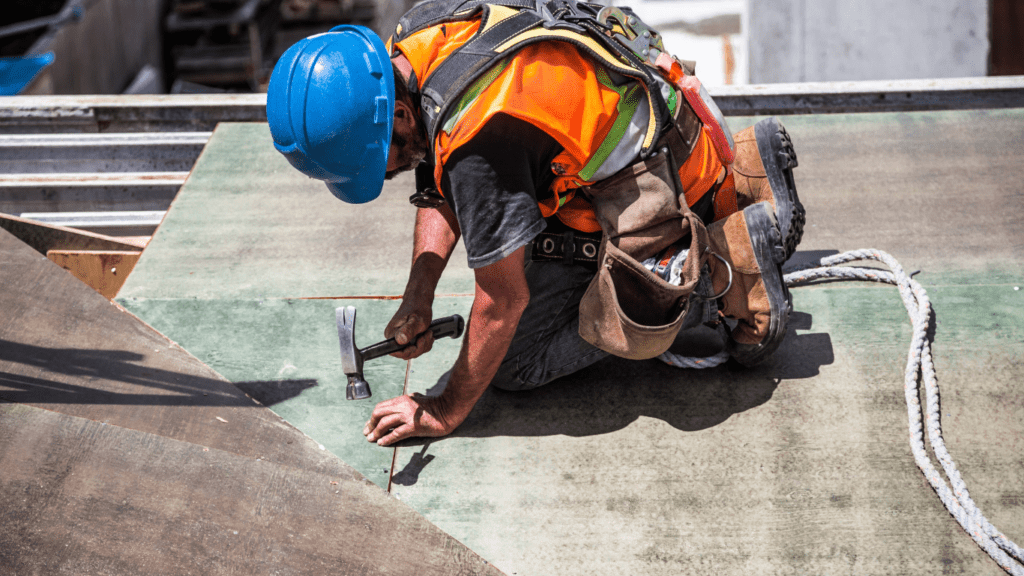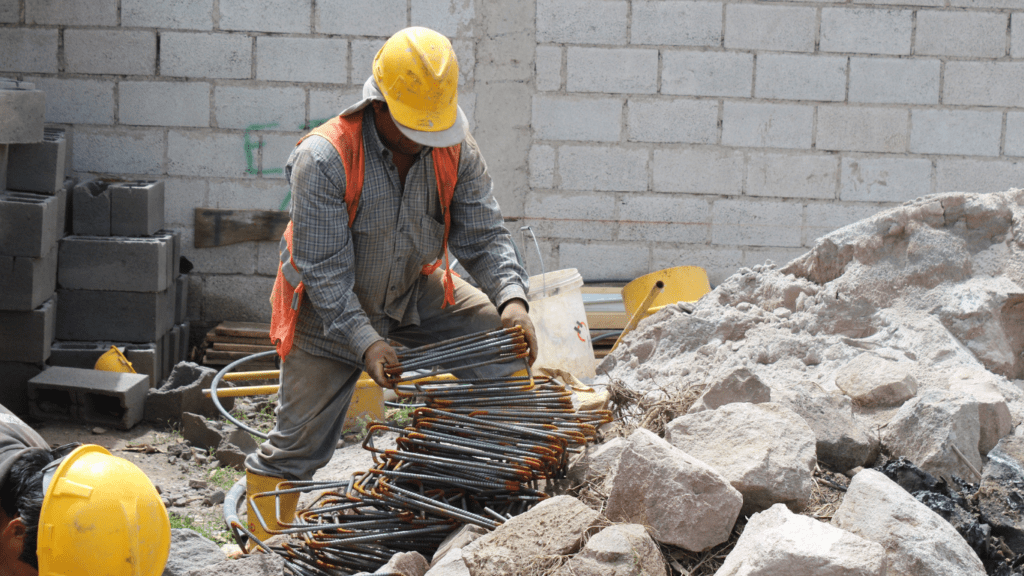As a seasoned real estate blogger, I’ve witnessed a significant shift in consumer preferences towards sustainable and eco-friendly properties. In today’s competitive market, buyers are increasingly seeking green certifications as a mark of quality and environmental consciousness.
The demand for green-certified buildings is not just a trend; it’s a reflection of a larger movement towards sustainable living. In this article, I’ll delve into the reasons behind the growing demand for green certifications in real estate and how they impact property values and marketability.
From energy efficiency to reduced carbon footprints, green buildings offer a plethora of benefits for both occupants and the environment. Stay tuned as we explore the implications of this trend on the real estate industry and how developers and buyers alike are embracing a more sustainable future.
Importance of Green Certifications in Real Estate
Green certifications have become a cornerstone of modern real estate, reflecting a commitment to sustainability and high building standards. They validate eco-friendly practices in areas like energy efficiency and water conservation, appealing to environmentally conscious buyers and enhancing a property’s market value.
For developers, these certifications boost property appeal and marketability, while buyers benefit from lower utility costs, improved air quality, and better resale value. As consumer demand for sustainable properties grows, green certifications are poised to play an even greater role in shaping the real estate landscape.
Factors Driving the Demand
Environmental Awareness
Fostering environmental awareness among buyers and investors drives the demand for green certifications in real estate. Sustainable practices and eco-friendly features are increasingly sought after as individuals become more conscious of reducing their carbon footprint.
Green certifications serve as tangible evidence of a property’s commitment to sustainability, attracting environmentally conscious buyers looking to make a positive impact through their real estate choices.
Cost Savings
One significant factor fueling the demand for green certifications in real estate is the promise of long-term cost savings. Green buildings are designed to be energy-efficient, leading to reduced utility expenses for both property developers and occupants.
By investing in green-certified properties, individuals can benefit from lower energy bills, maintenance costs, and potential tax incentives. The financial advantages linked to sustainable real estate make green certifications a compelling choice for those looking to save money over the property’s lifecycle.
Government Incentives
Government incentives play a crucial role in propelling the adoption of green certifications in the real estate sector. Various governmental bodies offer rebates, tax credits, and grants to incentivize the construction and purchase of green-certified properties.
These incentives not only make sustainable real estate more financially appealing but also support national and local sustainability goals. By leveraging government programs, developers and buyers can access financial support that enhances the affordability and attractiveness of green-certified properties in the market.
Benefits of Green Certifications
Green certifications offer a range of advantages for both developers and buyers in the real estate market. Here are some key benefits:
- Enhancing Property Value: Green certifications increase the value of properties by showcasing their sustainable features and environmental responsibility, making them more attractive to eco-conscious buyers.
- Lower Utility Bills: Buildings with green certifications are designed to be energy-efficient, resulting in lower utility expenses for occupants. This cost-saving benefit appeals to buyers looking to reduce their long-term maintenance costs.
- Improved Indoor Air Quality: Green buildings adhere to specific standards that prioritize indoor air quality, creating healthier living environments for occupants. This focus on health and well-being is a significant advantage for buyers concerned about environmental impacts.
- Marketing Advantage: Properties with green certifications stand out in the market due to their sustainability credentials, attracting a niche audience of environmentally conscious buyers. This marketing edge can lead to quicker sales and higher resale values.
- Government Incentives: Green certifications often make properties eligible for government incentives such as rebates and tax credits, providing financial benefits to developers and buyers. These incentives further promote the adoption of sustainable practices in real estate.
- Sustainable Investment: Investing in green-certified properties aligns with broader sustainability goals and contributes to reducing carbon footprints. Buyers see these properties as long-term sustainable investments that benefit the environment and offer potential financial returns.
- Future-Proofing: Green certifications future-proof properties against changing environmental regulations and market demands. By meeting current sustainability standards, these properties are more likely to remain desirable and competitive in the evolving real estate landscape.
These benefits highlight the value of green certifications in meeting the growing demand for sustainable properties and shaping the future of the real estate market.
Challenges Faced in Implementing Green Certifications
In implementing green certifications in real estate, a few challenges need to be addressed to ensure successful adoption and compliance with sustainability standards. These challenges can present obstacles for developers, builders, and property owners looking to incorporate green practices into their projects.
- Cost Considerations: Balancing the upfront costs of green building practices with long-term savings can be a challenge for stakeholders. While green certifications can lead to reduced operational expenses over time, the initial investment required for sustainable materials and technologies may deter some developers.
- Complex Certification Processes: Navigating the various certification programs and their criteria can be complex and time-consuming. Understanding the specific requirements for different certifications and ensuring compliance with each standard can pose a challenge for real estate professionals.
- Technological Advancements: Staying abreast of the latest sustainable technologies and innovations is crucial for maintaining green certifications. With rapid advancements in eco-friendly solutions, keeping up with the best practices and integrating new technologies can be demanding for industry players.
- Changing Regulations: Adapting to evolving environmental regulations and standards is essential for maintaining green certifications in real estate. Developers and property owners must stay informed about regulatory changes and ensure that their projects meet current sustainability guidelines.
- Education and Awareness: Promoting awareness about the benefits of green certifications and sustainable practices is vital for overcoming resistance to change within the industry. Educating stakeholders about the advantages of green buildings and certifications can help drive adoption and create a more sustainable real estate market.
Addressing these challenges through proactive strategies, collaboration with industry experts, and a commitment to sustainability can facilitate the successful implementation of green certifications in real estate projects. By overcoming these obstacles, developers and property owners can enhance the value, marketability, and environmental impact of their properties while meeting the increasing demand for sustainable real estate solutions




